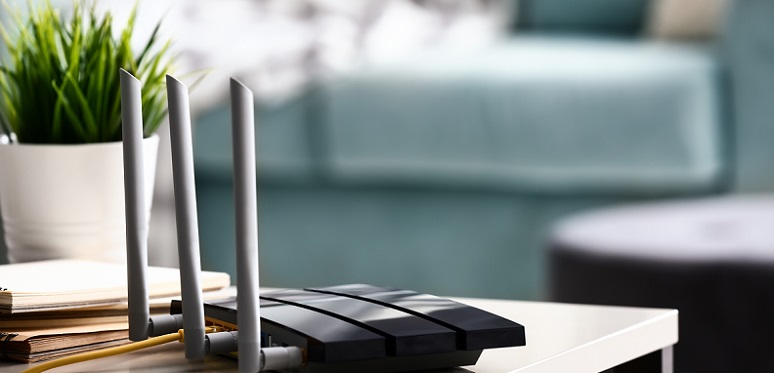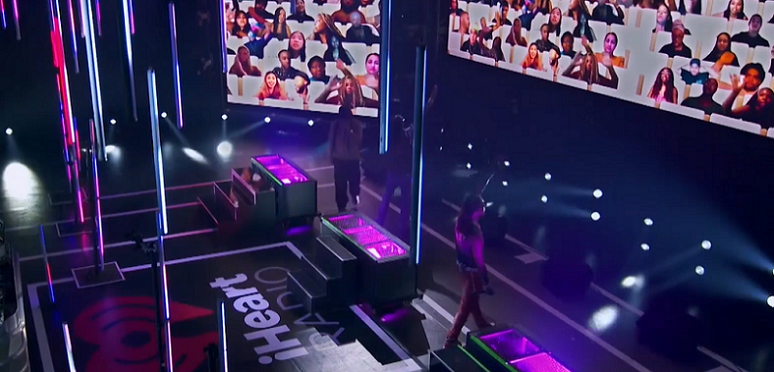As Internet Speeds Surge, Cable Broadband Delivers Increasing Consumer Value

Internet speeds have surged over the past two decades. In 2007, it could take up to 45 minutes to download an HD movie. Now, Americans can start streaming their favorite shows in seconds and high-speed internet powers the services that are keeping the country afloat during the COVID-19 pandemic. These speeds provide a tremendous increase in value to consumers at a time when the quality-adjusted cost of cable’s broadband services has declined by 98%. Why it matters: Faster speeds means consumers can quickly and seamlessly use data-intensive services in the safety of their homes. During the
Gigabit Speeds Will Power America’s Digital Future

Over the past several decades, millions of miles of fiber-rich broadband networks have been deployed and broadband speeds have dramatically increased. Today, the high-speed internet that made everything from video conferencing to virtual reality possible is available across the United States. In fact, 80% of U.S. homes can now access 1 gigabit speed broadband. Why it matters: Americans rely on connected devices and rich online experiences more than ever before. With smartTVs, smart speakers, smart thermometers and more, who doesn’t have at least one connected device in their home?! While this
How the Industry's Energy Efficiency Program Helps With Network Resiliency

As the pandemic surges on, NCTA continues to report, on a biweekly basis, the network performance data gathered from major cable broadband providers across the country. The NCTA COVID-19 Dashboard was first published last April as the cable industry came together in an effort to be as transparent as possible about network performance during a time when remote work, virtual schooling, and telehealth were at an all-time high and internet traffic patterns were spiking. NCTA has published several posts that explain why cable networks have been more than adequately prepared to handle the surges in
VIDEO: We’re ready for 10G. Are you?

Engineered for the future, 10G sets a new standard for broadband.
Esports, Already Growing, Enters A New Era

Long before the SARS-CoV-2 virus emerged, esports and online gaming were the budding markets many looked to with excitement. Would streaming gameplay REALLY rival conventional sports like football and baseball? Experts projected that by 2021, the esports audience would grow to 84 million Americans, making it the second most popular sport by viewership after the NFL. Esports had (and has) grown to be such a cultural force that internet service providers (ISPs) like Comcast and Cox sponsor teams around the country, not to mention TV networks like Turner getting in on the action. And in the case
How Broadband Networks Enable Telehealth for Patients and Providers

In 2020, millions of Americans adjusted to video conferencing for work, school, socialization and more. But what about for healthcare? Yes, video-visits with doctors peaked in popularity as a result of the COVID-19 pandemic. However, nearly 1 in 5 U.S. households still reported that they had at least one member who was unable to get care or was forced to delay care for a serious condition. It should be no surprise, then, that telehealth solutions are gaining traction — and not just for the healthcare industry, but for technologists, developers and broadband providers as well. In fact
How Connected Technology is Keeping the Music Industry Churning

This past November, pop star Dua Lipa performed a virtual concert and broke a new record for paid livestreams with over 5 million views. Instead of packing into a concert hall or stadium, fans used their home internet connections to see Lipa perform live. At this week's all-digital CES in an iHeartMedia session, Lipa talked with on air host and TV personality Ryan Seacrest about how the COVID-19 pandemic forced her, and artists around the world, to think outside the box and to use connected technology to engage with fans. While tours and in-person concerts grinded to a halt, artists turned
CES Highlights Areas to Watch in 2021

The 54th year of CES is underway. The annual trade show, hosted by the Consumer Technology Association (CTA), has been adapted to an all-digital experience for the COVID-19 era. Every year, CES previews a plethora of new products and technologies for consumers, but this year's show will speak a lot to the acceleration of technology adoption and the profound digital transformation taking place due to the current global health crisis. "I believe tech will help solve more fundamental human problems in the next two decades than in the past two centuries," said CTA President & CEO Gary Shapiro
Cable Broadband Networks Continue to Outperform

The cable industry has been at the forefront of reporting how well its broadband networks have performed in delivering and accommodating the unprecedented surges in traffic that occurred when COVID-19 closed down businesses and schools, and as working, learning, and healthcare all shifted to residential networks instantaneously. Other reports from SamKnows and Ookla (speedtest.net) also document how well broadband networks have performed during the coronavirus pandemic. Another more recent data point arrived with the new year with the release of the latest FCC Measuring Broadband America (MBA)
Network Performance During the Year of 'Tele-Everything'

On April 4, 2020, the NCTA COVID-19 Dashboard went live for the first time. In order to keep the public informed about network performance during an especially tenuous time, NCTA began collecting and aggregating anonymized data from nine of the leading internet service providers in the U.S. dating back to March 1—prior to when states started issuing lockdowns. As 2020 begins to draw to a close, it's worth taking a look back at some of the insights that the dashboard has provided on how broadband networks handled sudden surges in internet traffic. The NCTA paper, 'Tele-Everything and Its Impact
